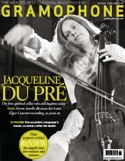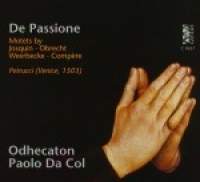Texte paru dans: / Appeared in: |
|
|
Outil de traduction (Très approximatif) |
|
|
Reviewer:
David
Fallows
This issue explores the
earliest coherent repertory of what we now call the motet, namely four-voice
Latin devotional pieces; and it does so mainly through not the first but the
second printed collection of motets, Ottaviano Petrucci’s Motetti B (1503),
a volume that seems to be largely retrospective and to look back to the
1470s and 1480s. But the main pieces here are among the most restrained and
chordal of the entire early motet repertory – Compère’s nine-section
Officium de Cruce, Josquin’s five-section Officium de Passione and Josquin’s
six-section Qui velatus facie.
Paolo Da Col and the 11 men of the ensemble Odhecaton approach the obvious musical problem with courage: they sing robustly and make every effort to keep the music moving. They build the texture very much from the bass upwards, and manage to keep the sound alive without exaggeration or artificiality. Their diction and tuning are admirable, though the texture is not always clear.
Framing these three imposing cycles with two slighter (but marvellous) motets by Obrecht and Weerbeke, they end the disc with two extraneous pieces: the first is a solo Good Friday lament from the Sicilian tradition, O tristu fatale die, gloriously sung by Clara Murtas; the other is Josquin’s rather later five-voice Miserere – in which, once again, the singers resolve its well-known formal difficulties with courageous and forward singing. The booklet is unusually detailed, in four languages and illustrated with a wealth of evocative and relevant pictures. |
|
|
|
|
|
Cliquez l'un ou l'autre
bouton pour découvrir bien d'autres critiques de CD |
|




